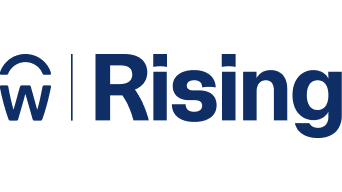The growing importance of environmental, social, and governance (ESG) factors among enterprises, stakeholders, and regulators will increasingly require new approaches toward optimizing ways to collect, verify, and analyze data to achieve sustainability goals.
For organizations that make ESG reporting a priority, benefits are likely to include a competitive advantage in the marketplace, as well as a head start in preparing for evolving regulations, according to a recent webinar as part of Workday’s Conversations for a Changing World, a digital event. The event was moderated by Annette Melatti, senior director, product marketing, at Workday.
“A lot of times people view it from a purely philanthropic-type approach around environmental and social, but in reality ESG provides insights that are focused directly on strategy, risk, and shareholder value—and starting to hold companies accountable for its impact on the environment and society through reporting,” said Sheri Wyatt, sustainability partner at PwC.
Wyatt added that good data is critical to an organization’s ESG efforts by providing consistent measures of progress toward its goals. That includes managing the risk around climate-related events; relationships with employees, suppliers, and customers; anti-corruption controls; and management policies.
“ESG really looks at a company’s full risk profile through a business lens, and helps answer whether any of the ESG practices associated with those risks are going to impact long-term shareholder value creation,” she added.
The trend is a global one, Wyatt said, noting that organizations such as the Business Roundtable have reconsidered the purpose of the corporation to consider a broader set of stakeholders.
“ESG factors have been increasingly incorporated in investors’ and institutional asset owners’ investment strategies,” she said, adding that sustainability plays an increasingly important role in financing decisions.
The Data Challenge
Alluding to the old adage, “What gets measured gets managed,” Wyatt identified the challenge for many enterprises as being one around collecting, verifying, and analyzing information.
“The data challenge really starts with the fact that a lot of the data used for ESG reporting comes from a variety of different sources—many of which are manual and not in the kinds of systems that have processing controls that many of us are familiar with from a financial reporting perspective,” she said.
Many enterprises are looking toward generating investor-grade data or reports, while also remaining cognizant of risks around errors that could lead to restatements, she added.









